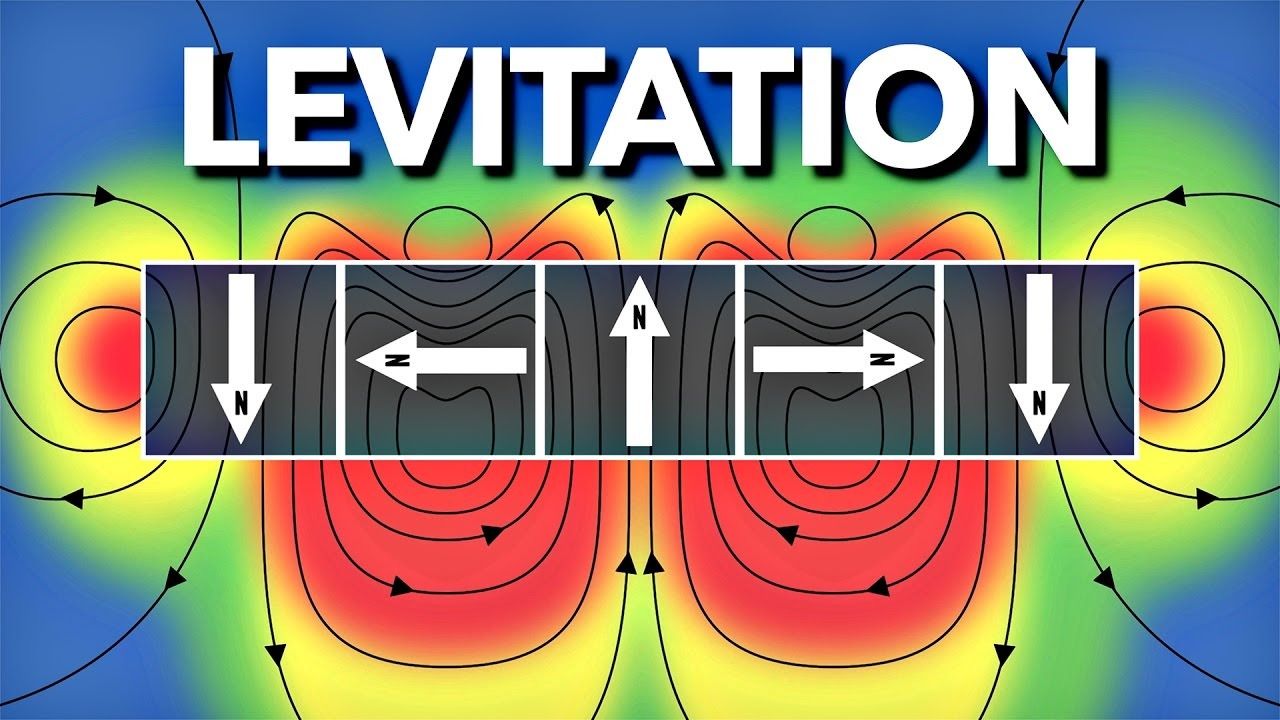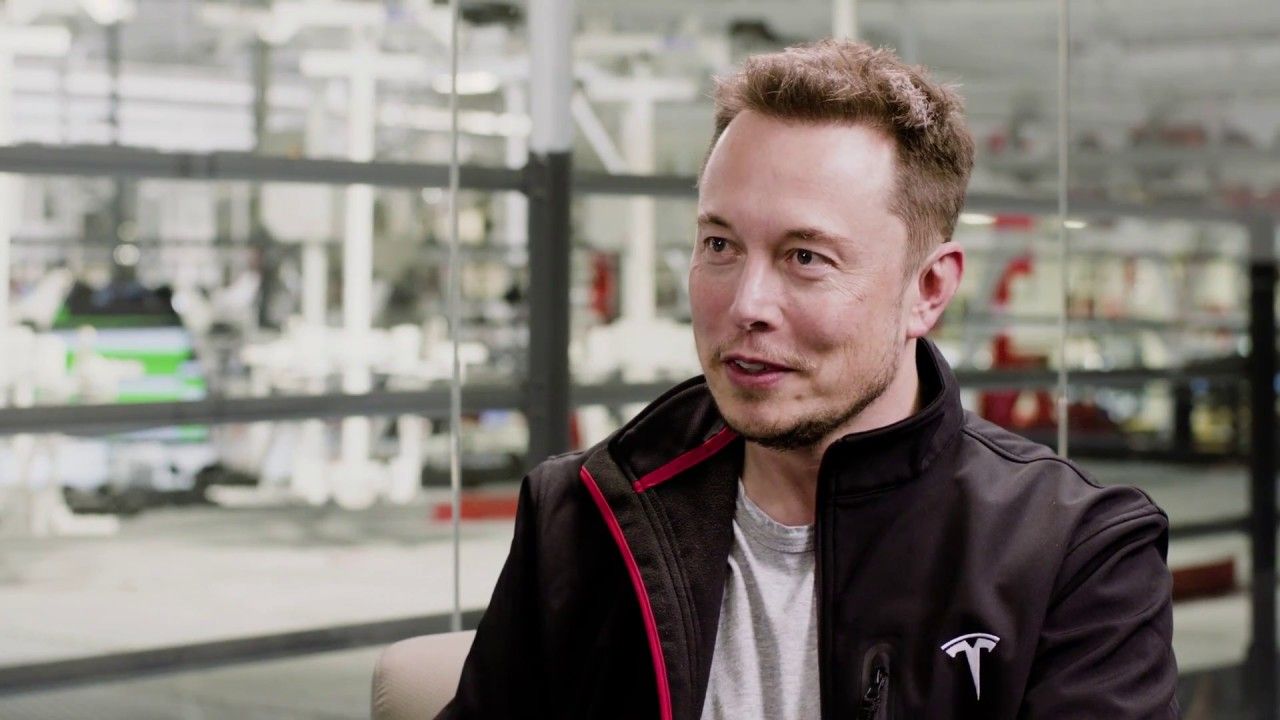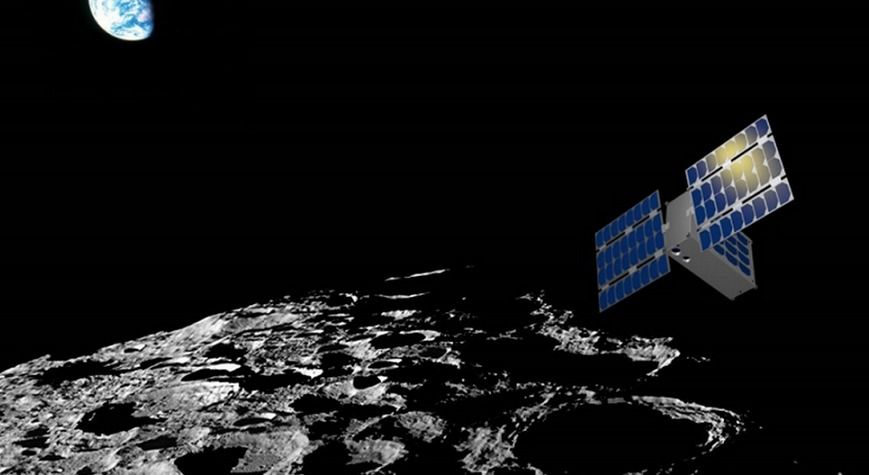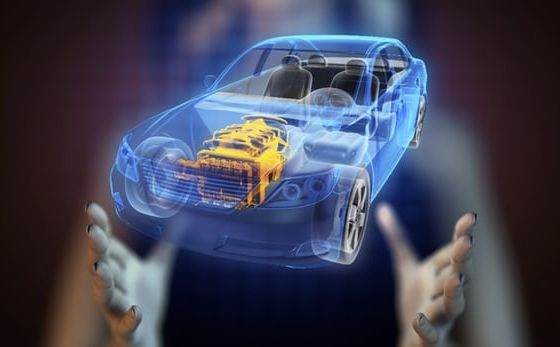Jan 31, 2017
Milky Way galaxy is being pushed across the universe
Posted by Sean Brazell in category: space
Our home galaxy, the Milky Way, is being pushed across the universe by a large unseen force, according to new research. Although it may not seem like a friendly gesture, the newly discovered Dipole Repeller is actually helping our galaxy on its journey across the expanding universe.
Researchers have known that the galaxy was moving at a relative speed for the past 30 years, but they didn’t know why.
“Now we find an emptiness in exactly the opposite direction, which provides a ‘push’ in the sense of a lack of pull,” said Brent Tully, one of the study authors and an astronomer at the Institute for Astronomy in Honolulu. “In a tug-of-war, if there are more people at one end, then the flow will be toward them and away from the weaker side.”
Continue reading “Milky Way galaxy is being pushed across the universe” »


















